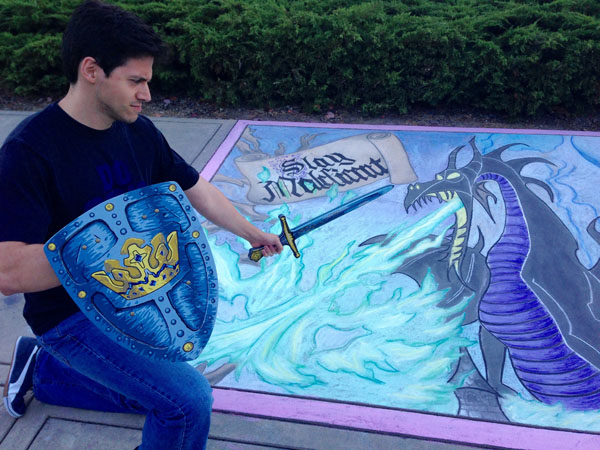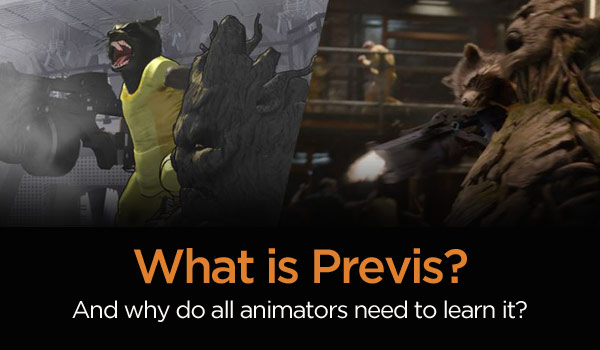Renowned in India as VFX Supervisor and CEO, Srinivas Mohan comes with 15 years of industry experience and a handful of awards. He is also an essential member of the VFX Advisory Board for Animation Mentor. We caught up with Mohan to talk VFX in India, hiring, and tips for junior artists.
Learn more about our online visual effects courses. Apply to start CG Basics this September.
-The Animation Mentor Crew
What inspired you to get into visual effects?
Mohan: During my childhood I loved watching Indian mythological and effects based regional films like Jaganmohini, Mayabazar etc. James Cameron’s “The Abyss” made a big impact in my life. I admired it so much that I watched it more than 20 times in the theater. It was like magic……water coming to life….taking the shape of a girl face….it was fascinating. Much later, while I was working as a software programmer, I saw my competitor working on a logo animation for his software launch. I challenged myself to animate a logo for my software launch. I got to know about “3D Studio – v4”, played around with it for a few days and animated a logo for the software SAM (Share Accounting Manager). My animation career started from there. Initially I did titles for wedding videos and then moved on to film title sequences, advertisements, television, and finally to feature films. I made the transition from 3D artist to visual effects supervisor in a span of 10 years. In this journey I have had many great moments and wonderful experiences. The best part is, my passion became my career.
What do you look for in new hires as a VFX Supervisor?
Mohan:In the current filmmaking scenario the VFX supervisor’s role is as important as the Director, DOP, Production designer, Editor etc., So, more than the knowledge of VFX tools and techniques, aspirants should have a good grasp of the entire filmmaking process. Along with creativity and technical knowledge, they should also have good problem-solving skills. Many unpredicted problems will arise in production and they should be capable of handling those situations. Good communication skills will help solve these issues. In India, most of the visual effects supervisors have to play the additional role of VFX producer as well. So, aspirants need to know about budget and production-related tasks as well.
As a VFX Supervisor, what was the hardest project you worked on and why?
Mohan:“Enthiran – The Robot” was one of the hardest projects as VFX Supervisor and VFX Producer. It was India’s first film with 2500 visual effects shots and it was India’s most expensive film as well. A lot was expected of me and my responsibility was huge. I needed to deliver high quality within an Indian budget! In order to save time and money, I introduced a few steps to the Indian VFX industry like Previz, Animatronics etc. To avoid usage of motion control rig, I brought back few old techniques which were used in the optical days, like using click sounds for matching both the layer trolley and camera movements. I used an entirely new technology like “Light Stage Scanning” for photo realistic digital face and developed a skin shader plug-in for Maya called “Jupiter Skin”. Thanks to Paul Debevec for great help. For the first time, on this project, I used many international studios for post-production work and had to face issues based on work culture. Eventually, the team effort paid off and we got a lot of recognition and awards.
What tips do you have for junior artists who want to work in visual effects in India?
Mohan:The main aim of visual effects is to make things believable. As an artists we take things that are impossible and make it realistic. In order to make things seem plausible you need to have artistic talent. Also, you have to learn the concepts applied behind creating a shot and not just how to operate the tools. A great visual effects artist should have knowledge pertaining to the overall techniques required for making a film. It is essential that the artist is creative, not just a person who has been trained to use sophisticated software tools. As I mentioned previously, we are a part of the storytelling process, we create or manipulate emotional content and we need to understand the emotional content of each frame.
————–
Are you an aspiring VFX artist? Get started in our visual effects classes.




